It’s amazing how technology has evolved at this level over the last few years. While recently illuminating our nights with candlelight, phone and computer screens now fulfill the lighting task. The sun was the means of determining the time for us, but now some tools show time down to the smallest unit. While people could not leave where they lived until they died, now we can travel to other continents quickly and freely.
But have you ever taken a pause and thought about how we got to this level? Have you wondered how our prejudices will shape our approach to some technological advances? What about how people lived before we recorded sounds with a device for the first time and how our lives transformed with this development?
In this summary, you will find a detailed narrative about how technological innovations developed by people spread at this level. You will also develop an objective understanding of the effects these technological advances have had on people’s past, present, and future lives.
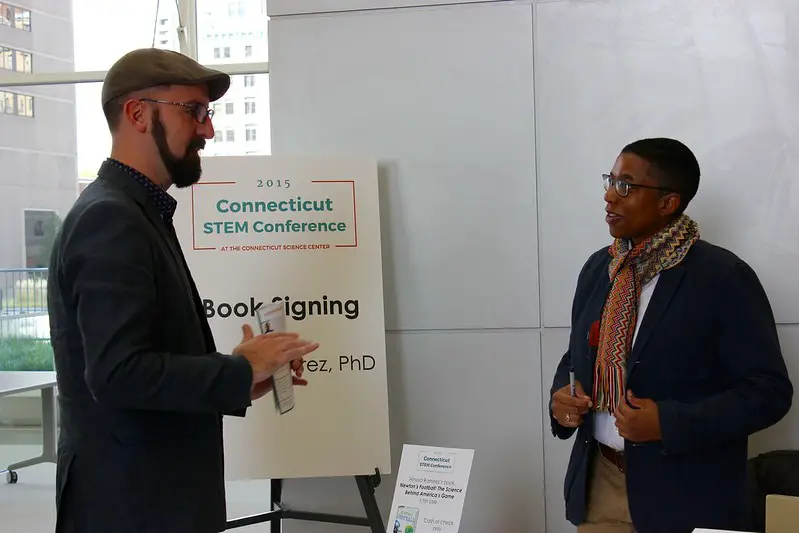
Chapter 1 – Knowing time down to its smallest unit makes us obsessed with time.
The woman named Elizabeth Ruth Naomi Belville made a living by selling a very strange property. She visited the Royal Observatory in Greenwich, London, every week. She adjusts her pocket watch named “Arnold”, formerly owned by the Duke of Sussex, according to Greenwich Mean Time. After that, she would visit the people who were using her service at their homes.
What do you think this service could be? It was to get people to adjust their watches to Arnold. Belville profited in this way for 50 years, from 1892 until she died in 1940: the sale of time. She became famous under the nickname Greenwich Time Lady.
Belville had been successful in her business because her pocket watch showed the most accurate time. Although it was made in the eighteenth century, Arnold was the most accurate watch compared to other clocks because it was made of the highest quality metals. By the twentieth century, technological advances went beyond the time Arnold showed.
In 1939, a new type of watch adorned the wall of a store on Fulton Street in Manhattan, New York. Before long, hundreds of people who passed on that road adjusted their clocks according to this very accurate clock.
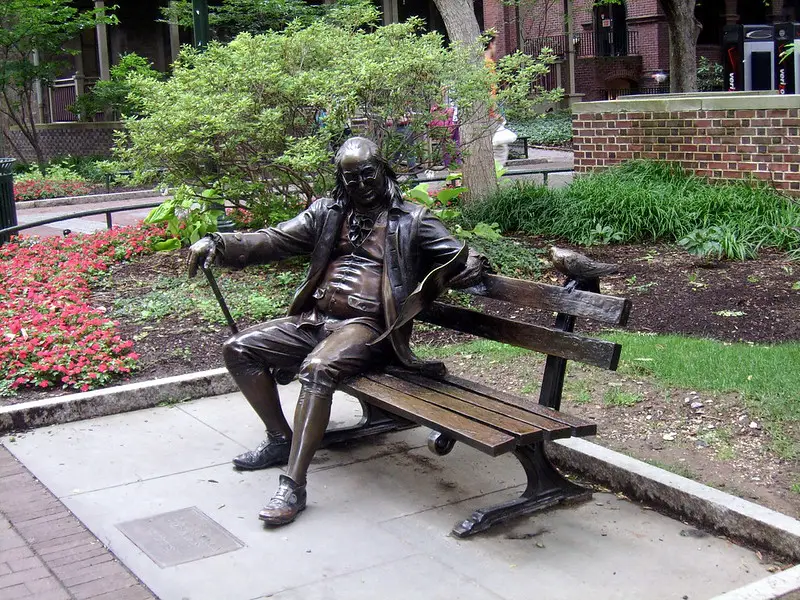
The reason why the clock was perfectly accurate was the use of quartz, a special type of crystal, in its production. The reason why quartz is so special is that it vibrates in any electric current. In 1927, Warren Marrison, a Canadian scientist, discovered how to use this unique property of quartz to further increase accuracy in clocks that display time. He produced a small, slim ring using quartz. He then used electrical current to make the ring vibrate at a constant rate of 100,000 vibrations per second. With this mechanism, it was possible to measure time with perfect accuracy.
Advanced methods of learning the time correctly only led to the reinforcement of specific ideologies of the time. The Puritans who immigrated to America in the seventeenth century argued that time was too precious to be wasted. This idea was backed up by Benjamin Franklin’s capitalist phrase “time is money”. If we take a look at the general situation of the United States in the nineteenth century, we can understand that industrialization and factories were the main sources of the American economy, and therefore how important it was to evaluate and control time.
In factories, these most accurate clocks were used to show workers when they will start and leave work. This time management in factories soon spread to all areas of life. People spend their meal and sleep time at a certain time of the day.
This time management certainly increases productivity in working life. However, this pattern is thought to be the main source of ongoing sleep disorders.
Chapter 2 – Steel which was rapidly produced for the construction of railways greatly transformed culture and trade in America.
Steel is the product of a perfect combination. When the carbon reacts with iron, two new materials are released, which are divided into layers like a cake. One layer has high carbon content, strong and rigid structure; the other layer is less carbon, soft, malleable. I think you understand that the cake is all steel.
Many metals do not have these features at the same time. That’s why steel has been a great material for making long-lasting tools. However, it is very difficult to obtain this special mixture in its structure. It required a great deal of effort and a lot of time to overcome this challenge. However, Henry Bessemer, a diligent English inventor, experienced enlightenment on this subject.
By 1855, Bessemer implemented a brilliant idea. He exposed the air to raw iron with a high content of carbon, called pig iron. To implement this, he first melted the pig iron in a large cauldron, and then aired the liquid metal from the outside through a pipe placed under the pot. As a result of this practice, molten metal spilled out similar to a volcano eruption. Even though the ceiling of the house he lived in was burned, this practice was efficient. As the air was blown into the iron, the unnecessary substances in the iron were eliminated. This air added to the iron also eliminated the carbon that Bessemer put in to make steel with precise measurement.
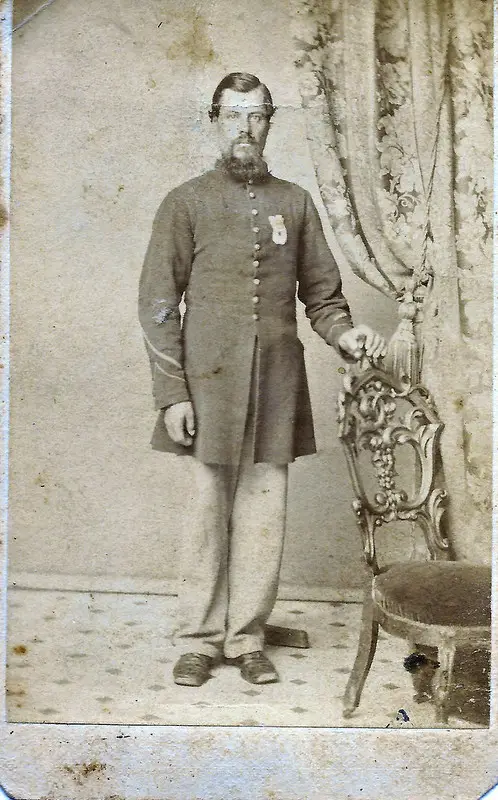
By the 1860s, mass steel production formed the basis of everything. By the time the Civil War broke out, the railways that would allow people to connect in a way that had never been seen before, thanks to companies in the US, started to spread all over the country.
At that time, the United States already had railway lines, but these train tracks were made by using the iron. And the rails made of iron could not withstand harsh conditions enough because their lifetime was two years. Steel rails could last for 18 years.
By 1840, the length of railways made of iron owned by the United States was 3,326 miles.By 1900, enough steel rails had been produced to encircle the earth ten times. For Americans, the distances were no longer too far. Geographers called this situation the time-space compression.
Thanks to the steel rails, US cities grew and expanded, allowing trade culture to flourish. Railways enabled domestic products to spread throughout the country. The holiday of Christmas, which was not very popular in America before the development of the rail transport network, became a popular tradition. The easy transportation of products now thanks to trains has turned Christmas into a gift holiday. It was designed to stimulate the economy and made shopping a national entertainment culture.
Chapter 3 – Thanks to telegraph wires, communication between people was accelerated, peoples were easily gathered, and the structure of American English was formed.
In the winter season of 1825, Samuel F.B. Morse had visited Washington, DC. While there, he received news that his wife Lucretia had had a heart attack and died a few days ago. Mourned over his wife’s death, Morse complained that the speed at which news of his death reached him was like a snail. And he sought a way to get information and news to people more quickly.
This search continued until years later until it was discovered by a Boston doctor that electricity could easily go from place to place without wasting time. This was the knowledge that paved the way for an invention: a vehicle that conveys news to people via electricity.
Morse immediately started work on an example. He used whatever material he could get in his workspace: an old clock, a wooden frame, and a pencil. The initial version of his invention looked like a cross standing between a seesaw and playground swing – but the invention was successful. The electromagnetic telegraph had been invented by Morse.
The way the machine works is cursory as follows. There was a pencil mounted on the machine. This pencil typed out the electric current it received on a piece of paper and drew a series of Vs. The bottom of the V pointed to a dot- a short blow. The side of the V shape indicated a long beat. The beats were posted by the other side of Morse’s invention: a transmitter. Certain formations of dots and lines indicated specific numbers. And these particular number formations also meant different words.
In 1838, working with his former student mechanic Alfred Vail, Morse introduced an advanced version of the machine to President Martin Van Buren. Within a minute he managed to send a ten-word message: This was the fastest method of communication ever.
After the first news across long distances was sent by telegraph, the telegraph started to affect the news it spread in 1844. News senders had to line up to deliver their news, as telegraph offices could only send one message at a time. Also, they had to write the story shortly and simply, as their posting time was limited.
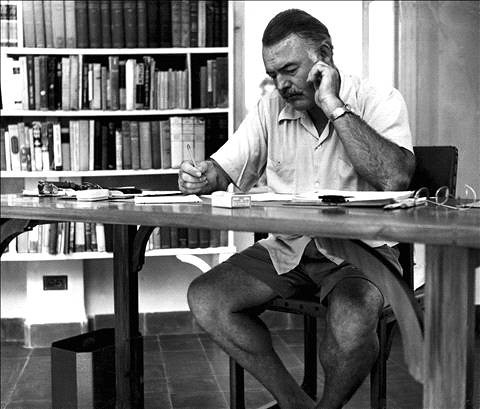
Ernest Hemingway was one of the inventors of this short and simple news report and formed the Kansas City Star journalism form. According to the newspaper’s stylistic rules, reporters had to “use short sentences” and “remove every unnecessary word”.His plain, fancy-free prose style will later determine the way Hemingway wrote, inspiring many other writers who came after him.
The telegraph enabled Americans to develop both speaking and writing styles differ from the British. Instead of speaking knowledgeable, a fancy language like the British, Americans developed a friendly and plain English style.
Chapter 4 – Advances in the field of photography increased the quality of the picture and became an indicator of collective values and judgments.
Frederick Douglass, a famous speaker and reformer who favored abolishing slavery was a keen follower of early daguerreotype photography. Thanks to its wide-angle format, controlled situations, and enhanced resolution, it would give a person’s resemblance as close to reality as possible. Douglass, as a black man, thought that this photography could end the cliche depiction of African-Americans. To this end, Douglass constantly took photographs of himself. By the middle of the nineteenth century, we can say that he was the person who had the most photographs of himself in the world.
Sadly, Douglass’s beliefs that photography would eliminate biases against slaves did not come true immediately. When color photographs first appeared, Kodak had adjusted the chemical formula of the photoshoot to white skin. People with dark skin emerged as if they were sick or black ink spots in the pictures taken. This has led to white skin being seen as a type of beauty.
African-American mothers made a complaint to Kodak about these defects when they saw their children in the photos. However, the complaints on this matter were ignored. Kodak did not present a dark-tuned film until major industrialists, chocolate producers, and furniture makers protested the situation.
Cameras and photographs do not have a hidden purpose or social bias. The people who use them impose their purpose on these machines. This abuse was evident in the 1970s when two Polaroid workers who were black revealed that their boss had enabled the production of bankbooks used by the apartheid South African government to track, recognize and keep 15 million black citizens under control.

The Polaroid ID-2 system was convenient for the user to instantly take two color photos for ID cards, one for a bankbook and the other for government folders. Thereupon, Caroline Hunter, a chemist, and Ken Williams, a photographer, led the launch of the Polaroid Revolutionary Workers Movement (PRWM) to counter Polaroid’s intended use in South Africa. The Polaroid firm first denied its intervention in South Africa’s bankbooks and blamed third parties for this.
When the desired results were not achieved after the negotiations with the Polaroid company, PRWM used the network of activists and the media to spread the information that Polaroid products were used as a pressure factor. Hunter and Williams were suspended as a result, but they continued to protest Polaroid’s founder, Edwin Land, wherever he was.
After seven years of regular demonstrations, PRWM got what it wanted: They pressured to expel Polaroid from South Africa. Later, Nelson Mandela would travel to the United States to present his gratitude to PRWM’s protests for this issue.
Chapter 5 – Thin carbon wires brightened our nights. However, scientists now emphasize that there is light pollution in the world.
Many of the innovators struggled in the nineteenth century to find artificial lighting. But nothing happened until 1878 when William Wallace called Thomas Edison to his home in
Connecticut. In the witness of the diligent and well-known inventor, Wallace demonstrated his carbon-arc lamp: A shining light created by using electricity to shine between two carbon wires.
However, Wallace was not well known in history for this development he found. He remained in the background because of this idea he gave to Edison.
The main problem with the arc light that Wallace invented was that the light glows too much, similar to a camera flash. Edison was able to solve this excessive glare problem with carbon wire and a glass vacuum. As electricity passes over a carbon wire, it makes the wire shine. But at the same time, the wire that comes into contact with oxygen will burn out within a few minutes. Edison discovered the light bulb that would prevent the entry of oxygen to save the carbon wires from burning while passing electricity through the carbon wires.

With the invention of the glass bulb, our life has changed a lot as we see it today. However, according to scientists, it is possible to see the negative effect of electric light everywhere.
First, artificial light disturbed our body’s biological balance. People have two distinct features: day growth feature and night repair feature. Because we are exposed to too much light at the wrong parts of the day, we cannot immediately activate the night repair feature. Thomas Wehr, a retired scientist from the National Institute of Mental Health, found that we are secreting twice the excess growth hormone that causes cancer.
There is no proven theory as to whether there is a link between light and breast cancer, but it has been observed that visually impaired women get breast cancer at a much lower rate.
So how should we organize our habits?
According to the advice of cancer epidemiologist Richard Stevens, our evenings should be pale in and our mornings shining. When you wake up later in the night, you should not turn on the light or use a candle if necessary.
Dim light can be helpful. After all, people’s eyes tend to focus on the brightest thing around, and we can observe its advantages over the long term once we activate the repair feature.
Chapter 6 – Inventions for recording sounds help us make and record music and now convey information about ourselves.
When Thomas Edison stepped into the Scientific American building with his favored innovation, the phonograph, the press was called in and the world was informed: “Speech has become immortal.”
In the first version of the phonography that Edison invented in 1877, there was a mouthpiece that gathered sound waves and forced a diaphragm. Then the mouthpiece rotated the sharp tip up and down through tin foil covered in a chamber. Edison’s voice was heard from the instrument saying “Mary Had A Little Lamb”. His voice was barely audible, and the phonograph could record sound in less than a minute and the sound could only be heard a few times before the metal frayed. But with Edison’s idea of using the telephone and telegraph together, it was the first time that sound could be recorded on a solid machine.
The practice of recording music made great progress after Edison invented the phonograph. Now, in digital media, sound waves are recorded in pairs, which is a computer language. With this invention, both the music release method and the data transfer technique have transformed.
In 1854, the Irishman George Boole found out how basic logic expressions could be transformed into symbols and assign a correct or an incorrect number to associate them with others. In 1934, Claude Shannon, a student at MIT, invented a language that allowed the computer to “think” by experimenting with this theorem on circuit switches. While Shannon and Boole were working to advance computer technology, IBM engineer Jacob Hagopian was the first to invent the hard drive. He discovered how to spread particles of magnetic information evenly over the surface of a disk and then translate them using a magnetic tool that functions as a pen.

The RAMAC, IBM’s first hard drive for sale, or accounting’s unsystematic entry and control technique, was the size of two refrigerators and contained only 5 million bits of data. This value is as much as a photo we took every day. From this point on, disks started to store more and more data bits in a smaller space, allowing folders to be digitally kept on a computer’s hard drive and then in information storage areas named “cloud.”
Nowadays, media systems gather our personal information while streaming music to us. They learn what kind of music we listen to, where we are, and those who are close to us, and then they distribute this data to many different business segments and the advertising industry. This sharing, over which we no longer have any control over it, was achieved by shrinking the information to be suitable for sharing.
Chapter 7 – Laboratory glass materials have enabled progress in electronic technology and increased our perception of the universe.
Glass is a primeval industry used in numerous fields. However, glass materials were not used in the scientific field until 1876. It was for commercial purposes to produce glass with glassmaking recipes learned from the ancestors. Therefore, it has enabled many different glass shapes to take place in the market.
Scientists began to question whether glass materials that were convenient in the laboratory could become more useful. Ernst Abbe, a professor at the University of Jena in Germany, published an article in which he stated that glass lenses used in telescopes and microscopes are of poor quality and therefore the need to produce advanced lenses. Chemist and glassmaker Otto Schott, who was reading the article, summoned Professor Abbe to Jenna, to whom he asked for help in producing an advanced scientific lens.
Schott was able to manufacture a variety of improved lenses and then established the advanced glass industry in Jena. Scientific glasses produced by Schott in Jena soon became the most preferred product in the world. This is why Germany remained an indispensable place for all telescopes, microscopes, and laboratory glassware for years.
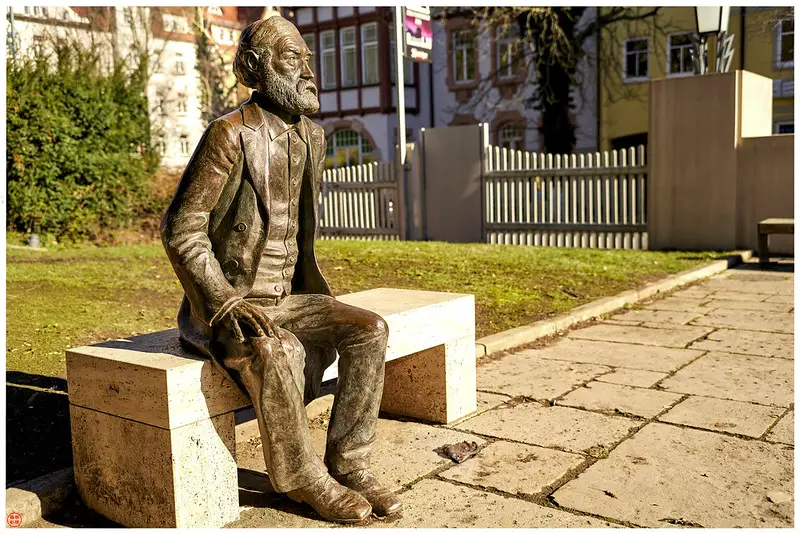
By the twentieth century, the production of advanced scientific glass began to be done by Corning Glass Works of Corning in New York. This company produced resistant Nomex glass for lights used in railways and Pyrex glass materials suitable for heat resistant firing and baking. However, the production methods were not at a level that could compete with the glasses produced in Jenna.
But this situation was completely reversed after World War II ended. America has acquired many German techniques, including improved glasses. At the end of the war, the United States enlarged the level of producing glass and hit Germany’s dominant position in the international glass market. Also, it was the brightest time for American made glass, as it imposed high taxes on glass produced in Germany.
Thanks to the production of advanced glasses, experiments that could not be done before are started again.
J.J. Thomson, a professor of mathematics at Cambridge collaborated with Ebenezer Everett, his previous chemistry assistant in 1895. They detected the cathode rays: an X-ray has emerged when bright, powered currents run into a metal part inside a glass sphere. Using glass was the best for Thomson and Everett’s experiment for different reasons. It has a hollow structure, is electricity proof, and the transparency feature that allows experts to see what is going on inside while scientific experiments are performed is perhaps the most important.
Thomson watched the cathode in a glass tube and found that it trapped pieces that were smaller than atoms: little, negative charges. These pieces were named electrons, the smallest pieces ever found at that time.
This breakthrough would broaden our perception of the universe, and developing technology symbolizes the beginning of the electronic age.
Chapter 8 – It can be said that computers and the Internet are changing the human brain structure.
People always tend to attach obsessively to everything they have. When our ancestors, Homo erectus, found fire, they learned to cook their food and stopped devoting their energies to them as they did not have to chew and digest any more raw food. Thus, by transferring body capacities to another direction, brain structures began to develop.
Similar to this situation, it is known that the auditory sensitivity of people who made a habit of listening to the radio in the past century increased. And it has been found that people who make television an integral part of their lives react more to visual impulse. In the century we live in while increasing our intelligence level, computers and the internet have reduced our capacity to focus.
While computers have become an indispensable part of our lives in the modern world, scientists have different opinions on how this technology affects our brain. Some scientists, such as David Eagleman, who is a neuroscientist, think that coming across a wide variety of different thoughts increases people’s intelligence levels. Other thinkers, such as author Nicholas Carr, say that the complex information web found on the Internet is challenging our brains to adopt the way books present information. We scan everything blindly, and as we continue to do so, our capacity to think dulls.
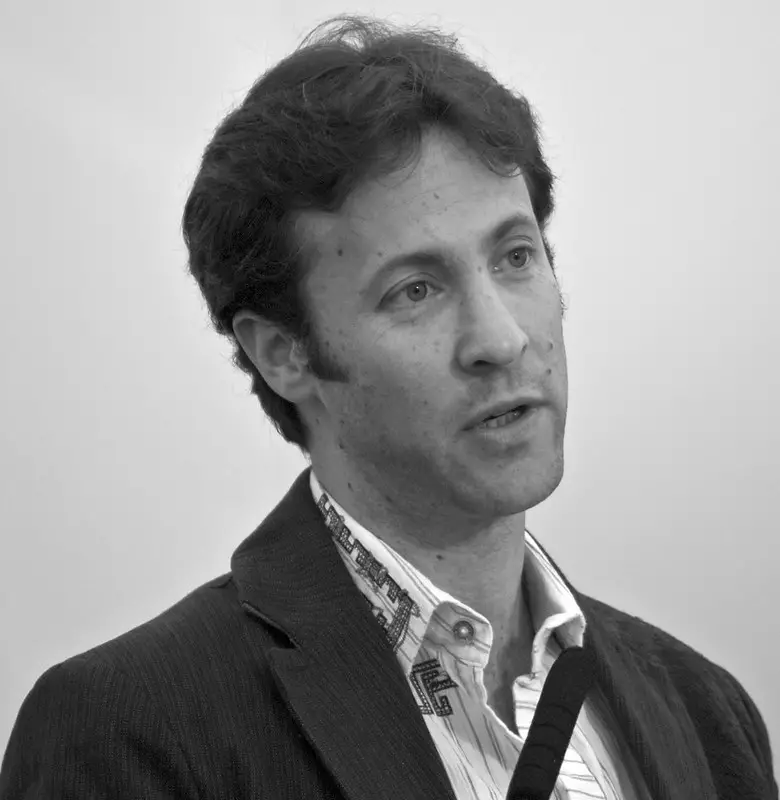
What we do know for sure is that the internet has a bad effect on our memory. The unlimited information data we access via the Internet fills our working memory and we have to deal with a lot of superficial information. Not taking the time to learn detailed information about a particular topic makes us disorganized. It is also a proven fact that instead of learning and storing information in our minds, we memorize where we can easily find this information. We don’t bother memorizing poems and we can’t even remember our mother’s phone number. We think we can scan the poems whenever we want, and the phone lists are made to register contact numbers.
What happened to our creativity? Thanks to the Internet, we are in an endless pool of data. But Eagleman believes that these scattered piles of information are not good for the sprouting of new ideas. Our functioning mind is always loaded with the highest capacity of information. This is why the Internet prevents us from focusing our attention on a single subject. And we cannot escape this impasse.
We are in the most developed age in history. We can access more information, but now we are acting unconsciously as our capacity to analyze in detail, to keep information in our minds and to produce new ideas is gradually decreasing. With the age of the internet coming with computers, we are stuck in two big dilemmas: Which is our priority to have an advanced brain structure or to produce advanced machines?
The Alchemy of Us: How Humans and Matter Transformed One Another by Ainissa Ramirez Book Review
People always tend to use what they discover for further development. We seemingly direct technology with the clocks we produce with quartz, the rails we make using steel, the electric lamp that illuminates our nights, and the Internet that attracts us to the unlimited information cycle, but technological developments direct us too.
